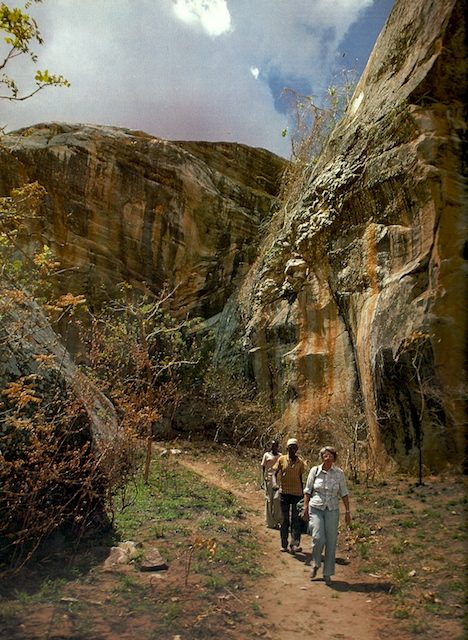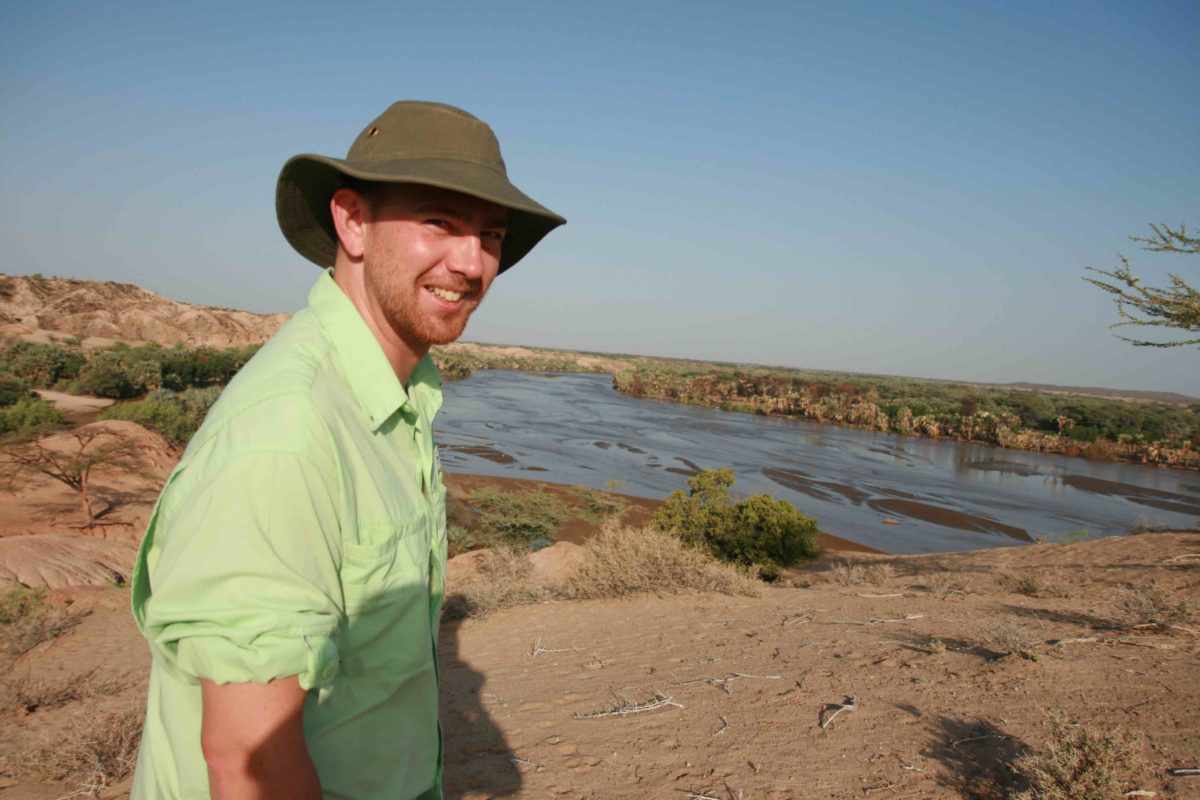Grantee Spotlight
Jason E. Lewis is currently a Research Assistant Professor with the Turkana Basin Institute and Department of Anthropology at Stony Brook University. He was awarded a Leakey Foundation Research Grant during our spring 2016 cycle for his project entitled “Pleistocene & Holocene archaeological assemblages from Kisese II Shelter, Tanzania.”
The interval between ~60,000 and 30,000 years ago (ka) is a critical one in the history of modern humans: this period saw multiple population expansions of Homo sapiens across Eurasia, the initial colonization of Australasia, and the phased extinction of other hominins such as the Neanderthals. Human population history in Africa at this time is less well known, but includes the Middle to Later Stone Age (MSA-LSA) transition, a series of archaeological shifts that may signal key behavioral responses to cognitive, demographic, or environmental changes that may be tied to across- and out-of-Africa dispersals.

Kisese II (KSE2) is a painted rockshelter that is unusual for its deeply stratified artifact- and fossil-rich Late Pleistocene to Holocene deposits, located in the Kondoa Rock-Art UNESCO World Heritage Center of northern Tanzania. KSE2 was excavated by Louis and Mary Leakey in 1951 and by Ray Inskeep in 1956, but the results were published only as preliminary notes. We have used recently recovered archives to guide new analyses, including 16 new AMS 14C dates for chronological control, showing that the sequence spans the last 50 ka. The KSE2 record is rich in ochre, contains thousands of ostrich eggshell beads, lithic artifacts, diverse and well-preserved fossil fauna, and 6 human burials. Unlike other East African sites, lithic technological changes are preceded by those in social domains such as the use of colorants and ostrich eggshell beads, both in use by 37 ka.
This project aims to expand these initial results by focusing on the fossil fauna using combined zooarchaeological, taxonomic, ecometric, and isotopic approaches to understand changes in the environment, ecology, and foraging practices across multiple Late Pleistocene-Holocene human technological and behavioral shifts.




